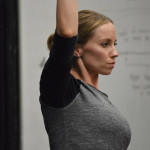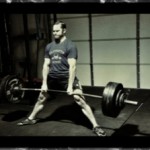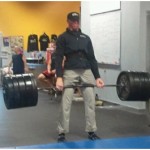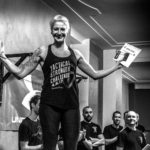The Tactical Strength Challenge (TSC) is a huge part of StrongFirst’s future. In Australia, we take it very seriously. It’s bridging gaps between communities that don’t normally associate and welcomes newcomers into our circle of strength. It’s a challenge among friends and total war between rivals.
The TSC means so much to me that I plan my entire year of training around it. I start TSC training for the following year just two weeks after the last competition. And I love the training itself as much as I love competition day.
Therefore, it may come as no surprise that I’m here to share a few training and competition tips from observations I’ve made from my own personal experience. These simple, but effective tips may be beneficial to anyone who competes, but are specifically aimed to those of you who have been struggling to improve your score in one or more of the TSC disciplines.
Identify Your Weakness to Improve Your TSC Numbers
Everyone has a weakest discipline. Whether it’s by a large margin or a smaller one, we all have something that needs work. The hard part is acknowledging where your major effort needs to be applied, and that requires you to be honest with yourself.
For me, it’s the deadlift. I build my year around improving this lift. I still want to improve my pull-ups and snatches, but I don’t actually mind if they stay about the same while my deadlift improves, as the deadlift is ultimately what’s holding my score back.
As you know, the TSC works on a grading system whereby you receive points according to how you placed in each discipline. For example, if you came second in the deadlift, you would get two points. If you were seventh in pull-ups, then you receive seven points, and so on.
You must carefully study these numbers. If any of your numbers are consistently far greater than the others, then odds are you know what your weakness is. Even if you haven’t competed in a TSC before, you can still guess your score by plugging in your approximate numbers to see where you would have scored and calculating your total for each of the disciplines.
Build a Program to Train Your Weakness
Once you have identified your weakest link, you must build your program around it to ensure nothing else will affect its progress. For example: if the pull-ups are your weakest link, then changing pull-ups to the start of your session rather than the middle or end might work well. I actually have two training days per week especially for pull-ups. Due to the volume (200-300 per week) I need, these sessions can take ninety minutes-plus to complete so I program them separately.
In my experience, you are far better off having all three disciplines closer together in scores than having them spread out with two good scores and one poor score. Here are my tips for each discipline:
Deadlift
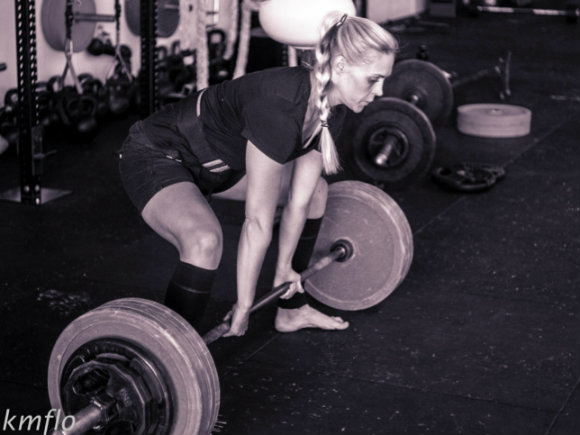
Hire a Strength Coach
I was once told that if your write your own programs, then you have a fool for a client. I truly believe you can and should employ coaches to learn from whenever possible. Doing so may be the best investment you ever spend money on.
If you know a certified StrongFirst barbell instructor then that would be my first recommendation. Alternatively you can find one near you by clicking here.
Just a heads up – you won’t always like what you hear from other coaches. Do your homework and choose the trainer you feel is right for you, then do exactly what he or she says. Don’t change this or that because you think you know best. You hired a coach for a reason so listen and learn.
Work the Plan and the Plan Will Work
In TSC competition, you have three chances to pull your best deadlift. Plan to pull your target weight on the second lift. Use the first lift to get a score on the board. I usually pull 90% of the target on my first attempt. Having an attempt in reserve allows you a second crack at your target weight should you have a failed lift.
I have noticed in both training and competition that a max deadlift attempt can and does have quite an impact on both your pull-ups and also your snatch test. So here’s the key – if you successfully pull your target weight on the second attempt, be happy with it and stop there. The difference between saving yourself for the pull-ups/snatches and having that third pull could make all the difference.
Pull-ups
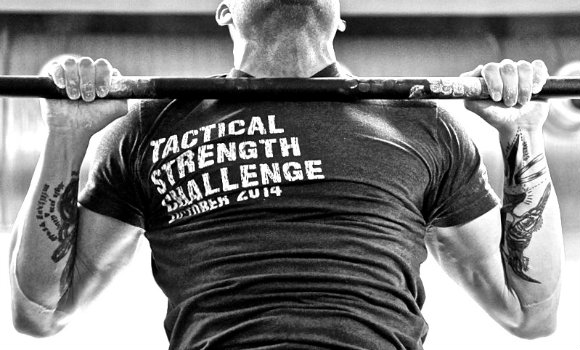
Bar Thickness
The pull-up event tests your maximum number of pull-ups with strict form. Every single rep needs to count. To achieve this you’ll want to have geared your training accordingly.
By competing on a thick bar, I can crush grip it in a way that my hands are slightly higher on the bar (see below). I squeeze the bar with my thumbs over the top of the bar, palms facing away, nice and high. This takes some getting used to but it results in about one to two inches less distance you will need to pull to get contact between the bar and your throat.
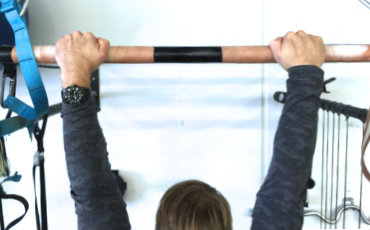
Super Loading
I like to do a few warm up reps with 24kg kettlebell so that when I pull my max set I feel super light. It sounds crazy but when you weigh 105kgs as I do, anything that can make you feel light is definitely a high pay off.
*Use less than 50% of your 1 rep max, 30-40% would be best.
The Snatch Test
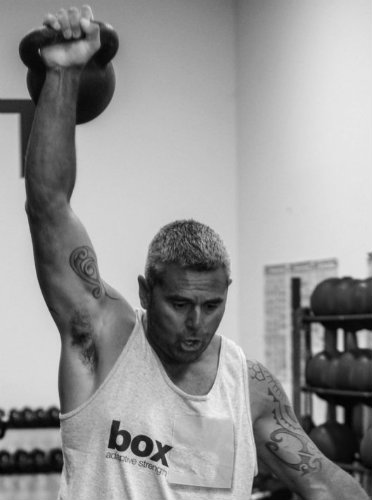
Rest and Recover
I know by this point in the competition, it’s all getting a bit exciting and you just want to get it done so you can have your shot of vodka and pickle juice, but you will need to wait at least 45 to sixty minutes before snatching. If you have done more than twenty pull-ups, then I recommend waiting sixty to 75+ minutes as your forearms and overall grip endurance will still be recovering.
Speed Switching
I like to do a concentric (upswing) speed switch as opposed to an eccentric (downswing) switch. When switching while the bell is descending, you have less time to get the gripping hand out of the way, and if you are even one second late and start the upswing while both hands are on the bell, this will be considered a no rep, and we can’t have that!
Speed switching only really works if you can do the snatch test unbroken. If you are parking the bell, then you waste time anyway so it’s not worth the risk.
If you are doing the test unbroken and with a speed switch then 10L, 10R is the best number to stick to as doing more reps only fatigues your grip. You aren’t losing time on switching so there is no benefit in punching out more than ten reps per side.
The concentric speed switch is faster and far safer, in my opinion. See how to perform the concentric speed switch here.
Wrapping Up
Hopefully, there are a few tips in there that will get you those extra couple of pull-ups or snatches you’ve been chasing. For further information or guidance on TSC training please feel free to contact me. I hope you all tactically challenge your strengths!
TSC Results – 2015 April: Mens Open 1st place; 2014 October: Mens Elite 2nd place
